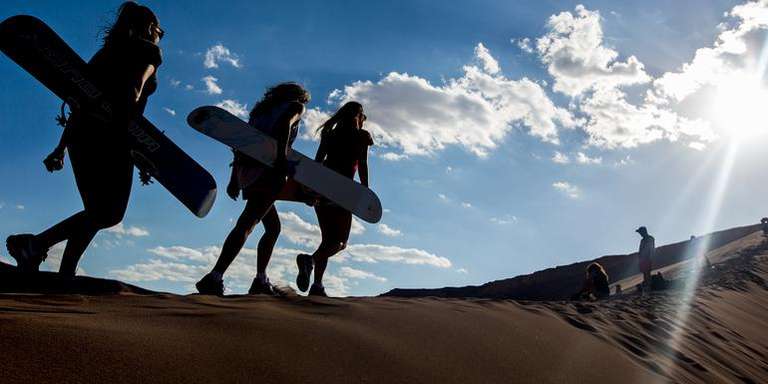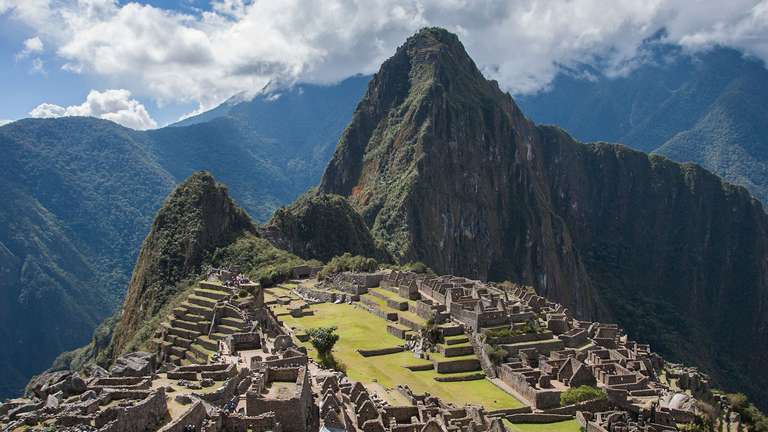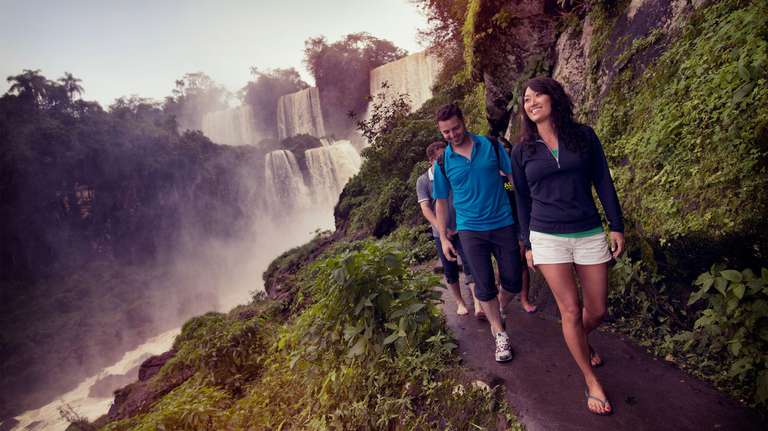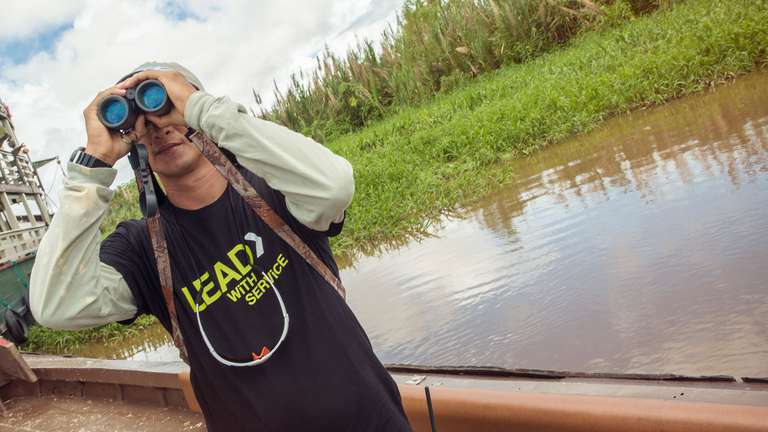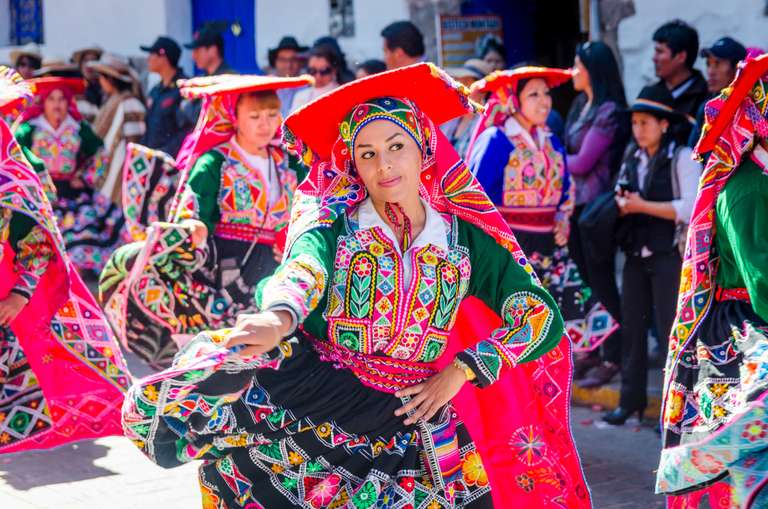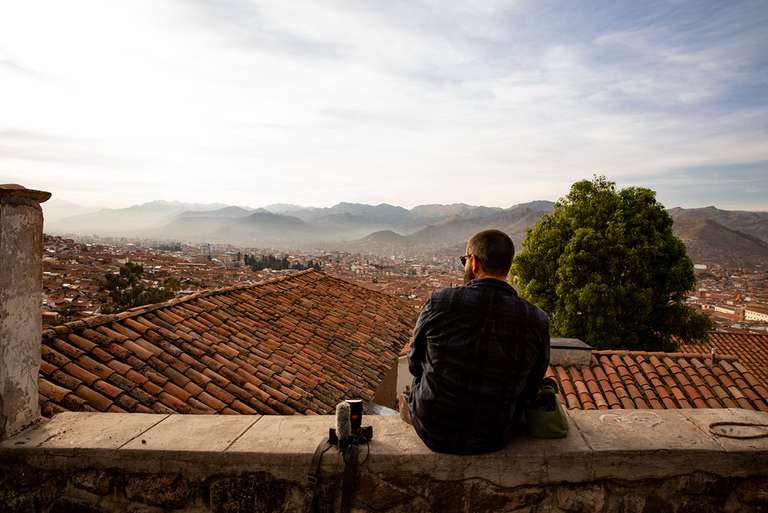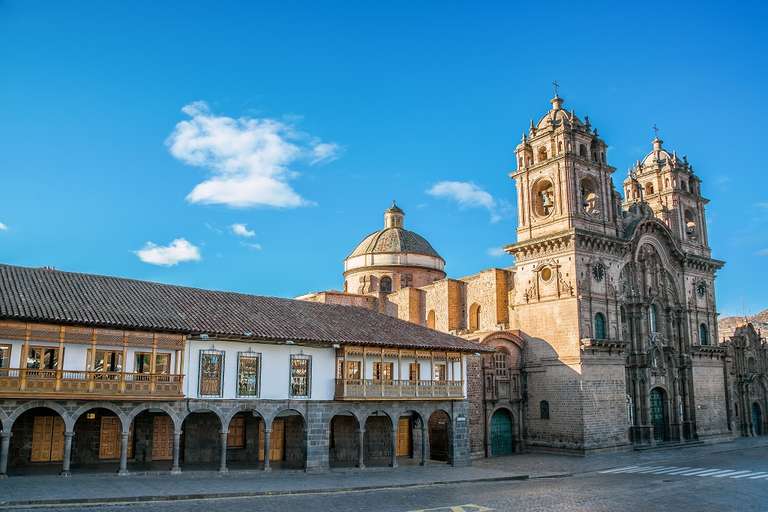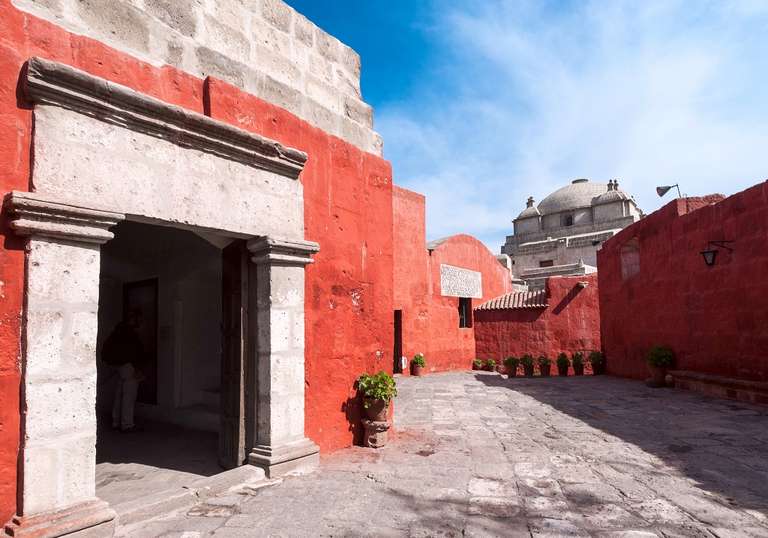Colca Canyon Trek: Short Adventures Galore

- Julie Goodman
- From
- Julie Goodman
- From
- Doug Iverson
- From USA
- Angelo V
- From
Trek Overview
Most people who travel to Colca Canyon do so to hike down to the oasis of Sangalle at the bottom of the canyon. The trek normally takes two to three days and offers the chance to spot majestic condors soaring high above, and passes through local villages, giving you a chance to experience local life and sample local products. The trek finally ends as you descend towards the natural hot springs.
Highlights
- Witnessing the sheer staggering scale of one of the world’s mightiest geographical formations. The Colca Canyon is reputed to be twice the depth of the Grand Canyon.
- Spotting Andean condors and other wildlife
- This is an important area for biodiversity. You can catch sight of herds of vicuñas, wild cousins of alpacas and llamas, as well as eagles and other wildlife.
- Beautiful scenery surrounded by the majestic beauty of the canyon
- Interacting with indigenous peoples and learning about the cultures in this region
Lowlights
- Very minimal tourist infrastructure but trails are there
- This is a high-altitude trek as are most treks in Peru. Spending a few days in Cusco to acclimatize before the trek is recommended.

Colca Canyon trek facts
| Trek difficulty: | Moderate |
| Trek duration: | Standard trek is two days/one night |
| Remoteness: | Colca Canyon is in a remote and rural location. The nearest large town is Arequipa which is about four hours away. |
| Starting altitude: | 3,300 m |
| Maximum altitude: | 3,300 m at Cabanaconde (on the standard itinerary) |
| Accommodation type: | Homestay (on the standard itinerary) |
| Best season: | May – November |
| Start / end locations: | Cabanaconde – Sangalle / Cabanaconde |
| Permits required: | No permit required but need to buy tickets for the Colca Canyon |
| Physical fitness: | Good with proper acclimatization |
Colca Canyon trek: Standard itinerary
The Colca Canyon has many trails and there are lots of possibilities for hiking but the most popular trip is a two-day trek down to Sangalle from Cabanaconde and back. The itinerary from Arequipa is as follows:
Day 1: Arequipa – Cabanaconde (by car), Cabanaconde – Sangalle
The first day starts early (maybe even as early as 3 am!) with a drive from Arequipa to the trailhead at Cabanaconde (3,300m). There is a stop on the way to pay the entry fee to the Canyon. Most tours also stop at Cruz del Condor, the best place in the area for spotting the eponymous giant birds. From Cabanaconde, it takes three to four hours to follow the trail down to Sangalle village (1,900 m), an oasis at the bottom of the canyon. Accommodation is in a guesthouse or hut in Sangalle.
Day 2: Sangalle – Cabanaconde, Cabanaconde – Arequipa (by car)
Day two involves another early start to beat the heat and catch the sunrise over the canyon. Participants retrace their steps along the same path to make their way back to Cabanaconde for transport back to Arequipa.



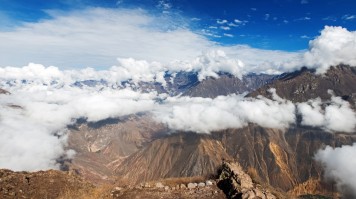
Alternative itineraries and other treks
A common variation on the second day of the classic trek is to continue on after Cabanaconde to the town of Chivay. Here, you can enjoy the hot springs and a local lunch before taking transport back to Arequipa.
Another, slightly easier, option is the three-day version of the walk. After visiting Cruz del Condor and arriving in Cabanaconde, the first day of walking leads to the village of San Juan de Chuccho. This is not as demanding as descending directly to Sangalle. There is simple accommodation at San Juan de Chuccho. On the second day, the trek passes through the town of Cosñirhua, continues on to Malata and finally arrives at Sangalle at the end of the day. The third day involves hiking back to Cabanaconde or Chivay as in the classic trek.
Apart from these two versions of the classic trek to the bottom of the canyon, there are plenty of other possibilities. Slightly less common is to extend the three-day version by including the village of Tapay. This trek might include walking to San Juan de Chuccho on the first day, Tapay on the second, Sangalle on the third and back to Cabanaconde on the fourth day.
A day hike of around eight hours is possible, leading to Lake Mucura, a spot with stunning views of the 6,288 m volcano, Ampato. For the fittest and most adventurous visitors, a four to six day trek around the volcano is possible.
For the truly adventurous, the Cotahuasi Canyon lies farther north to the Colca Canyon. This is another area that offers many splendid trekking trails.
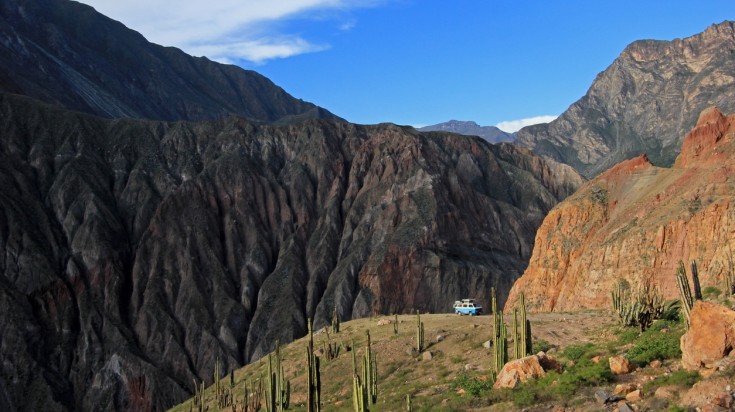
Good to Know
- Cabanaconde (at 3,300 m) is high enough for altitude sickness to be a problem. Proper acclimatization is required before trekking. Read more about health and safety while trekking.
- The highest point on your trip is likely to be on the way from Arequipa when the bus crosses a 4,800 m pass. This is certainly high enough to make many people feel uncomfortable.
-
During the dry season, biting insects might not be a problem but be careful of scorpions.
- The classic two-day trek to Sangalle and back is easy to do independently. For the other variations, we recommend you bring a professional guide.
- Buy your entrance tickets from Autocolca authorities. Some sources sell fake tickets.
- When booking a tour from Arequipa, most guesthouses will let you leave large backpacks there for a small fee.
Although a highly remote destination, the Colca Canyon is now luring increasing numbers of adventurous visitors who are looking for hiking opportunities far from the beaten track. It is a region where the way of life has changed little since time immemorial and remains largely unaffected by tourism. Those finding their way here to undertake a Colca Canyon trek will be rewarded with pristine landscapes, beautiful mountain scenery and the natural world at its most dramatic. If trekking is not your thing, then please check out other top things to do in Peru that might be worth your time!


